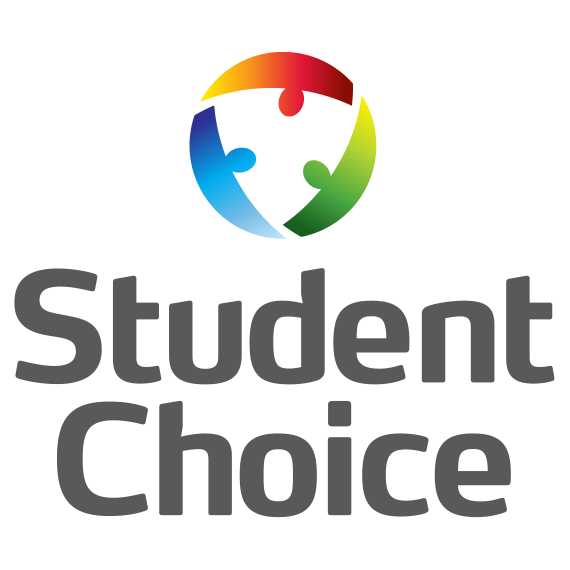
Loan growth slowed to 3.7% as of June 30, 2024, according to the latest Callahan data. Although the potential for lower rates in the not-so-distant future might help drive volume, now is the time to ensure your credit union’s lending solutions meet consumers’ most pressing needs. As the need for responsible higher education financing continues to grow, your credit union has an opportunity to provide affordable and flexible funding for college and technical career pathways.
Credit unions were founded to provide solutions for unmet financial needs within their communities, so it’s no surprise more than 700 credit unions nationwide now offer some sort of education lending product. Here are three reasons to include student lending as part of your product mix in 2025.
1. Meet Existing Members’ Needs
With the average credit union member’s age hovering around 53, it’s likely you have a strong member segment of families with college-age children. And if your community or field of membership includes local colleges or universities, offering more affordable financing solutions could be a no-brainer.
Your members are already seeking education financing solutions, so why not keep their loans within your credit union’s portfolio?
2. Deliver Value And Strengthen Relationships
Figuring out how to pay for college is always stressful for families, but the 2024-25 school year has produced even more anxiety than usual thanks to delays in the Free Application for Federal Student Aid (FAFSA) process. Members need flexibility this year and a trusted financing partner they can rely on.
As with most other products, cooperatives tend to offer lower rates and fewer fees on lending products. Credit unions can also offer more flexibility through a private education line of credit solution, which allows families to apply once and secure funding for their entire college career without needing to reapply.
3. Fund Futures in Critical Career Pathways
In addition to traditional four-year degrees, there’s an increasing demand for employees in high-paying skilled trades nationwide. If there are training programs for aviation maintenance, commercial pilots, nurses, or energy trades within your community, there might be an opportunity to provide financing for these additional career pathways.
These relationships are not only beneficial for your credit union but also could help fill employment gaps within your community and open new doors for your members.
Next Steps To Take Now
Whether your credit union wants to hold student loans on its books or support members’ higher education funding needs on a referral basis, choosing the right partner and maintaining your member relationships are important. For example, CU Student Choice’s online credit union marketplace can refer your members to leading credit unions for their student loan needs while keeping your credit union as their primary financial institution and generating income for your cooperative.
Student lending is a niche product, but finding a partner whose offerings align with your strategic goals can help you enter the market easily and start meeting member and community needs quickly.
It’s Easy To Add Student Lending To Your 2025 Plan
As you plan and prepare budgets for 2025, make sure student lending is part of your solution set. Rolling out a program doesn’t have to be difficult or costly; an experienced CUSO partner like CU Student Choice provides customizable plug-and-play solutions with no need to hire additional credit union staff or worry about expensive technology integrations. In fact, the Student Choice team can have your program up and running in about 30 to 45 days, well ahead of next year’s peak lending season. From establishing program parameters to technical and marketing support, this private education offering involves a low lift for a high return.
Contact us to learn more about how CU Student Choice can make it simple to offer profitable student lending solutions that benefit your current and future members.
Jim Holt is the chief development officer at CU Student Choice.
- Get link
- X
- Other Apps

Comments
Post a Comment
Please no profanity or political comments.